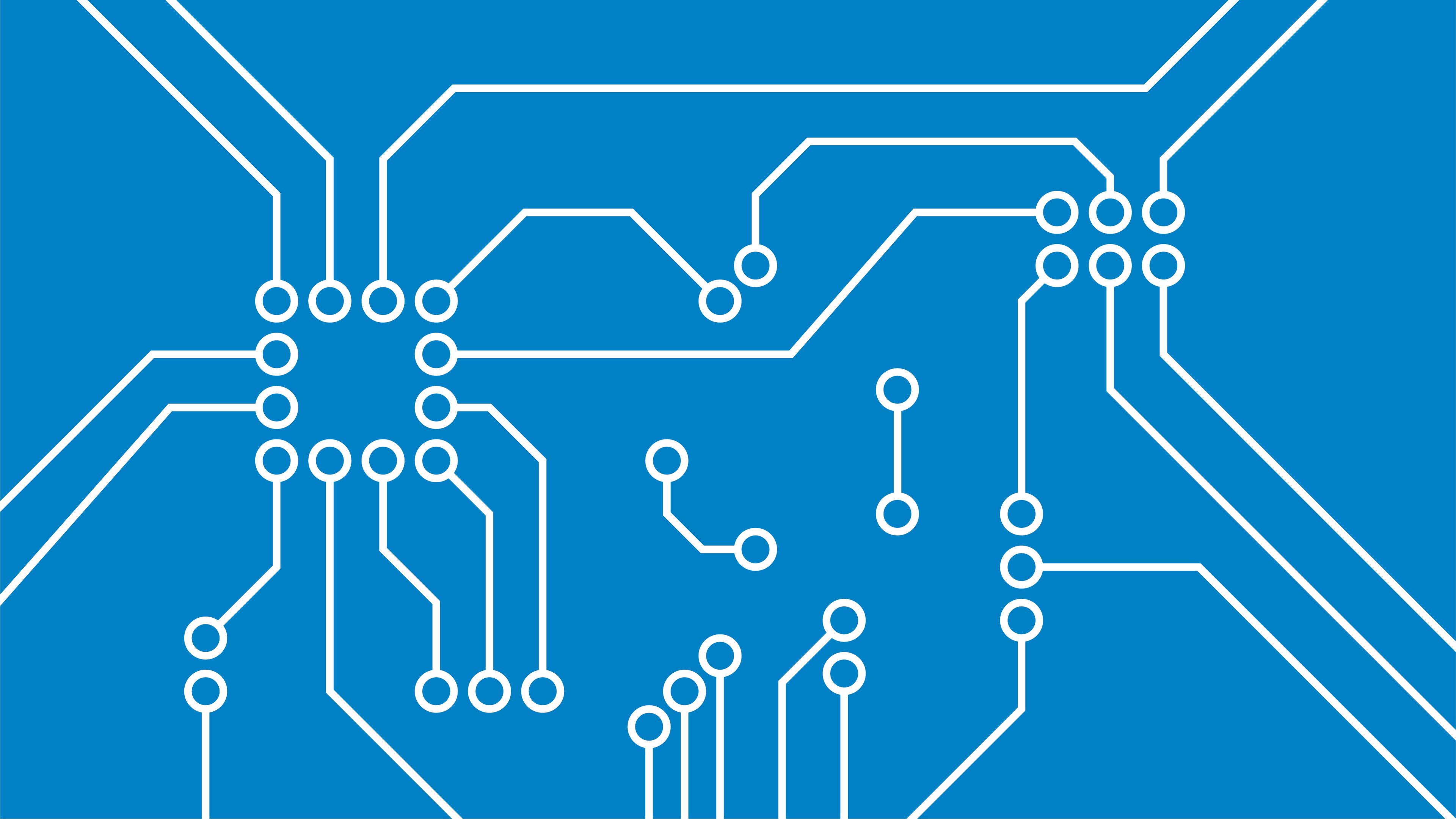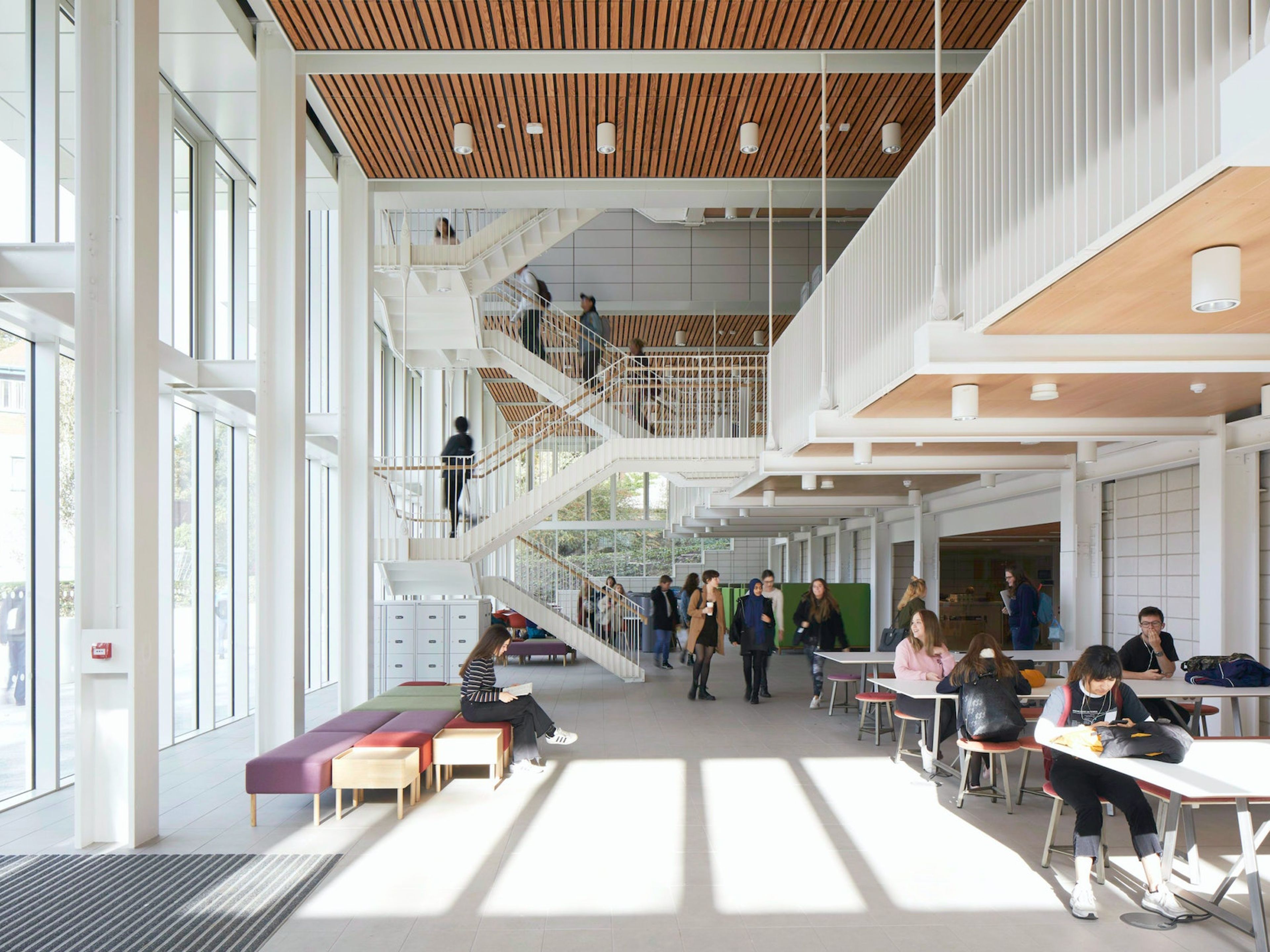
University tech
by Jack SallabankA range of innovative tech solutions are making their way into the higher education sector as universities seek to improve and enhance the university experience. Jack Sallabank from Future Places Studio picks out a few to keep an eye out for.

Robots
Georgia Tech in the US has been experimenting with a robotic assistant named Jill Watson. The robot answers questions posed by students in a group discussion or in a one-on-one setting.

Virtual reality
At Rensselaer Polytechnic Institute, in upstate New York, an immersion lab with 15-foot walls and a 360-degree projection system transports language students to China, where they learn Mandarin by conversing with AI avatars that can recognise not only what they say but also their gestures and expressions, all against a computer-generated backdrop of Chinese street markets, restaurants and other scenes.

Learning records
The way we document what we have learnt is also about to change with a race underway to create a lifelong learning transcript. The ‘interoperable learning record’, or ILR, will list the specific skills that people have learnt, as opposed to which courses they’ve passed. The records will also include other life experiences they have accumulated.

Nudge tech
The thinking behind ‘nudge tech’ is for universities to be able to use data to impact on student behaviour – for example, helping students establish productive study habits or ensuring they make time in between classes for fitness and rest.

Wireless presentation technologies
This technology allows students and lecturers to easily project materials from a computer or mobile device onto a flat surface via wifi. It enables a greater use of different types of spaces to learn in and creates a more seamless learning environment.
Authors
Jack Sallabank is the founder of Future Places Studio, a place-based research and strategy studio that specialises in exploring the macro and micro trends impacting the built environment.
Publication
This article appeared in Exchange Issue No. 3, a look at how the COVID-19 pandemic has influenced the future of university design, featuring insight from chancellors, architects, students and more.
Read more

